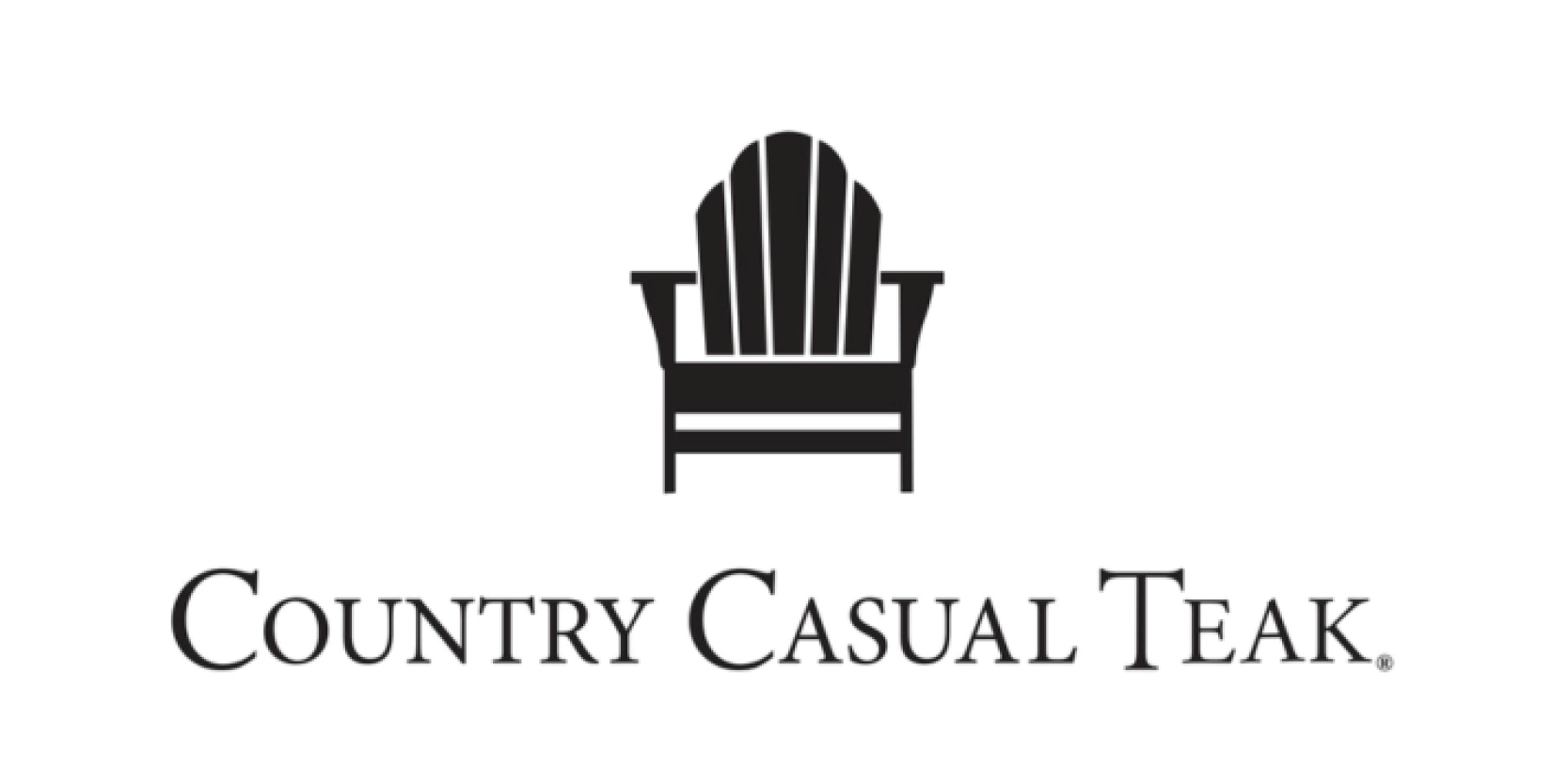Landscape Design Definition“Landscape design” is the process used to develop aesthetically pleasing and functional outdoor spaces. A landscape design may include the following constituent parts: the proper specification and utilization of plants, building and paving materials, and grade (ground and surface) alterations; improvements to soils, drainage, and long‐term site ecological health; the employment or introduction of irrigation, lighting, water features, or other site amenities and improvements; the purposeful alteration or manipulation of site micro‐climates, views, or other site characteristics; the strategic use of sculpture, ornament, color, sound and other aesthetic enhancements; the creation of guidelines for long‐term stewardship strategy, site sustainability, regeneration and succession. The goals of landscape design include but are not limited to: enhanced experience of nature and access to the natural world; improved site ecology, including water quality and wildlife habitats; improved personal and public safety and health; advancement of sustainability through conservation of natural resources, use of local materials, and improved long‐term value to the surrounding eco‐region; improved pedestrian and vehicular circulation; compliance with all relevant laws, codes, regulations and ordinances; and personal enjoyment and improved quality of life. The process of landscape design may include but is not limited to: site reconnaissance, inventory, assessment and evaluation; site analysis; consultation; client interviews; impact studies and analysis on human and non‐human factors; development of design concepts; design development and finalization; planning; sketches, plans and other graphic representations of a landscape design and its component features and details; planting and horticultural specifications; materials’ specifications; construction and amenities specifications; filing of permits or monitoring of adherence to relevant local laws and regulations; guidance of project plans or construction through legal processes with jurisdictional agencies; project management or oversight; placement of plants, structures, and other site features; and project documentation. As a national organization, APLD expects all landscape designers to comply with relevant laws, codes, regulations and ordinances in their geographic region. |



